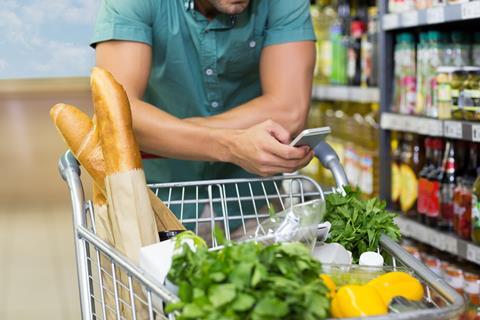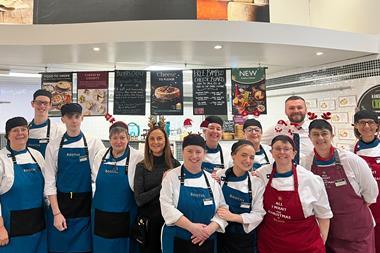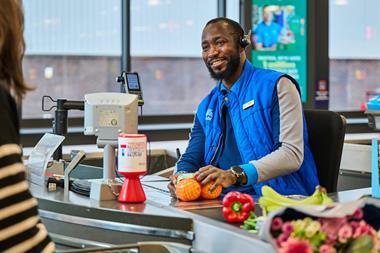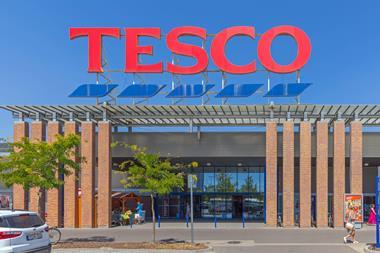Customers have turned to buying misshapen fruit and vegetables and supermarket own-label as food inflation hits a new record.

With grocery inflation hitting 13.9% in the 12 weeks to October 2, 2022 – a new record not hit even during the global financial crisis in 2008 – customers have turned to cheaper alternatives to their usual diets to battle the cost-of-living crisis.
Based on the latest inflation figure, Kantar said that customers are facing a £643 jump in their annual grocery bill to £5,265 if they continue to buy the same items – a £3.04 jump on an average grocery basket, which was £21.89 last year.
Supermarket own-label sales jumped 8.1% in the period, while shoppers also looked to less visually appealing fresh produce to save money, according to the latest grocery market share data from Kantar.
“People are pretty savvy at seeking out the best value, and retailers are expanding their ranges to help them do this. We’ve seen grocers making a virtue of visually imperfect fruit and vegetables in recent years, allowing them to carry on offering the fresh products consumers want but at a cheaper price,” said Kantar head of retail and consumer insight Fraser McKevitt.
“Many shoppers have been converted, and sales of ranges like Tesco Perfectly Imperfect or Morrisons Naturally Wonky were up collectively by 38% this month.”
Shoppers are also looking at less energy-intensive ways to cook meals at home, with sales of cooking appliances including slow cookers, air fryers and sandwich makers, up by 53% in the period.
McKevitt said that while customers are looking at cheaper options in response to the cost of living crisis, they are yet to make wholesale changes to their diets in terms of product categories – such as switching to frozen.
“We’re generally reluctant to change what we eat, so this is more about sticking to the food we know and love while hunting for cheaper alternatives like supermarkets’ own-label goods. We aren’t seeing dramatic evidence of diets changing,” he said.
“For example, while frozen veg sales have gone up slightly, there hasn’t been a big switch away from fresh products, which are still worth 10-times more.”
Lidl and Asda winners
In terms of market share, Lidl was the fastest-growing supermarket for the period, narrowly edging out discount rival Aldi. Of the former big four, Asda emerged to lead the way – while perennial heavyweight Tesco saw sales growth slow.
Lidl sales soared 20.9% over the period, marginally ahead of Aldi whose sales rose by 20.7%. As a result, Lidl now holds 7.1% of the market while Aldi tightened its grip on fourth place, growing to 9.3%.
Asda boosted sales by 4.5%, bringing an additional 417,000 customers through its doors compared with last year. This boost was driven by sales of its Just Essentials range, with nearly two-thirds of its over 15 million customers purchasing at least one line during the period.
Sales at Sainsbury’s rose by 3.0% and at Tesco by 2.5%, while the struggles continued at Morrisons, where sales fell by 3.9%. Both Iceland and Ocado grew by 5.3%.
The Co-op also held market share flat year-on-year at 6.4%, with its sales growing by 3.3%. Waitrose’s market share is now 4.7%.
- Never miss a story – sign up to Retail Week’s breaking news alerts


























No comments yet